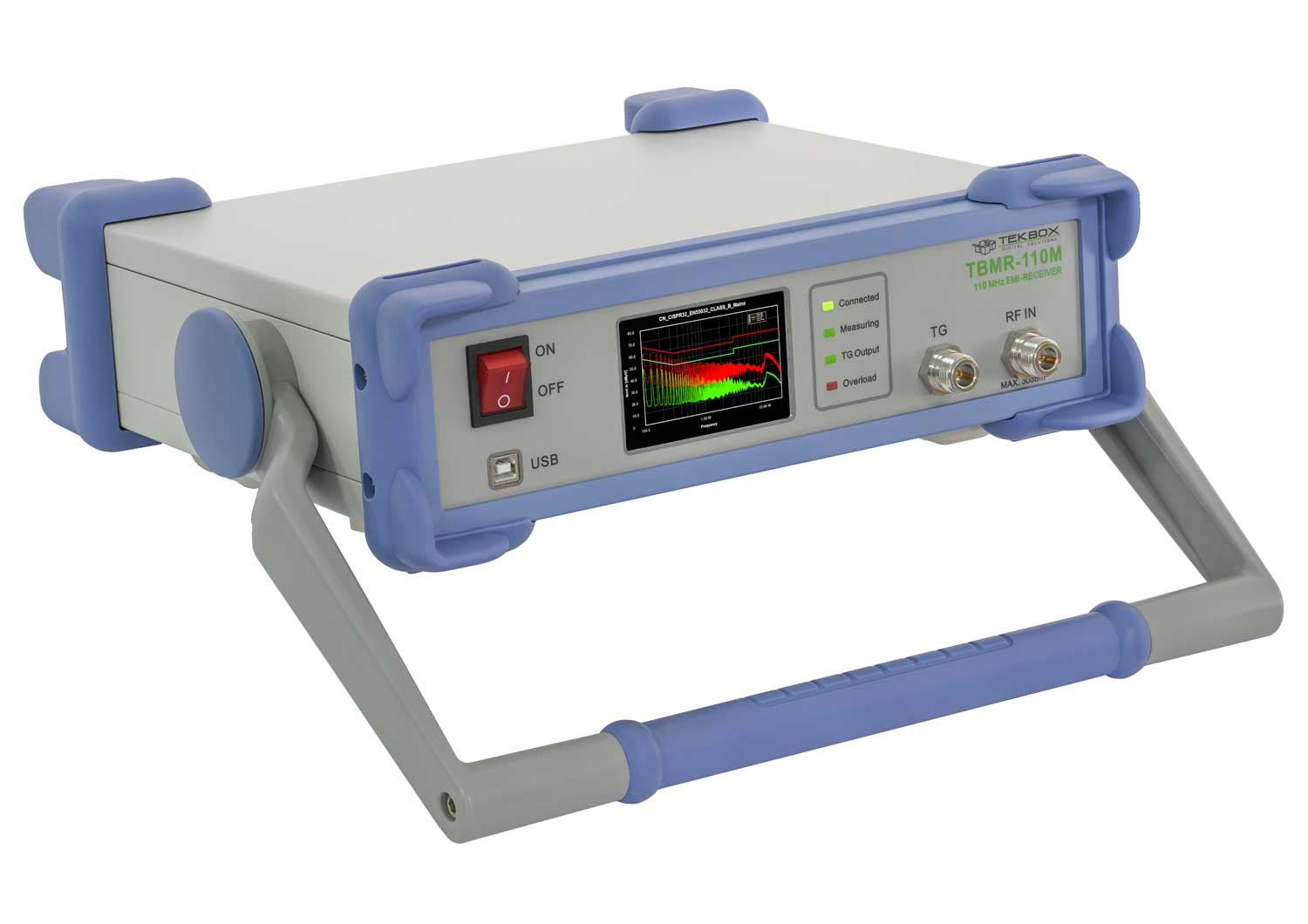In an AC circuit, power supply interruption can be mainly divided into two types: it occurs with low impedance or with high impedance.
The power supply interruption with low impedance is a short-circuit interruption. A short circuit is an unintended path to flow a current with typically very low impedance. Whereas, the power supply interruption with high impedance is an open-circuit interruption. An open circuit is a circuit where a path has been interrupted or a path has been opened by any contact failure. Both interruptions are instantaneous interruptions that end in a short period of time.
As a reference, let’s see the measurement waveforms below showing short-circuit/open-circuit voltages. * This white paper is supplemental to the main paper ‘How Does Surge Suppression Work in PCR-LE/LE2 Series?’. For the details of the Surge Suppression function, please read the main paper.
Equipment Conditions:
Power Supply: PCR500LE, set voltage: 100 Vdc, load current (using resistance load): 2.82 A Application Software: SD11-PCR-LE
1. Short-Circuit Voltage Waveforms (Low Impedance)
Power supply interruption method: The output voltage was set to 0 V for 1 microsecond. When the output was set to 0 V, PCR-LE provided the low impedance output.
Figures 1-3 show the short-circuit voltage waveforms with the response settings: FAST/MEDIUM/SLOW.

2. Open-Circuit Voltage Waveforms (High Impedance)
Power supply interruption method: The output was turned off for 1 microsecond. Specific setting: Surge Suppression was set to off.
When the output was turned off, PCR-LE provided the high impedance output. See the high impedance value in Table 1.
Figures 4-6 show the open-circuit voltage waveforms with the three response settings.


Products Mentioned In This Article:
- PCR-LE Series please see HERE























































































